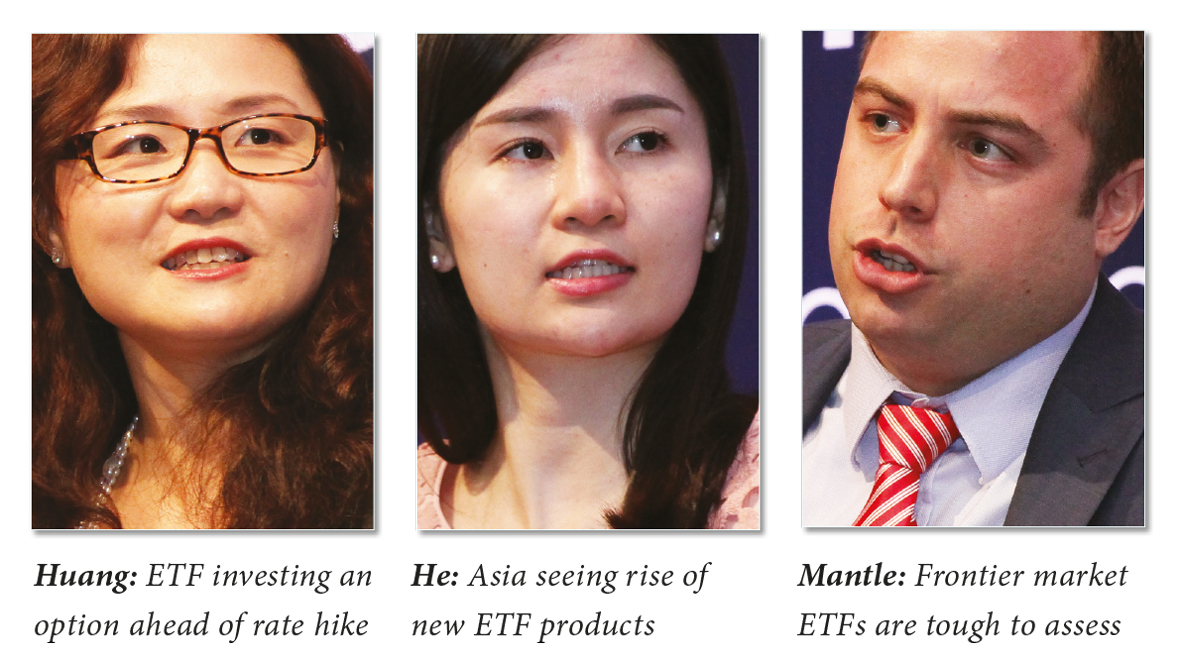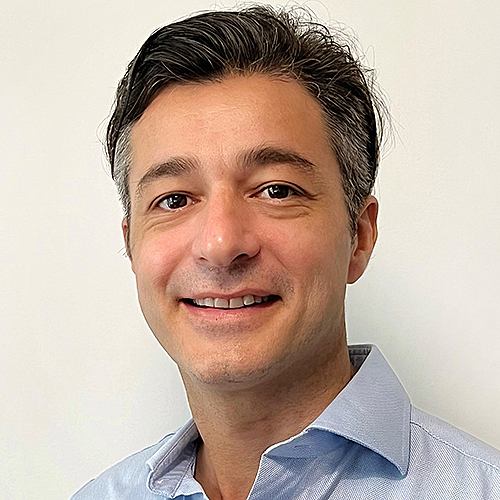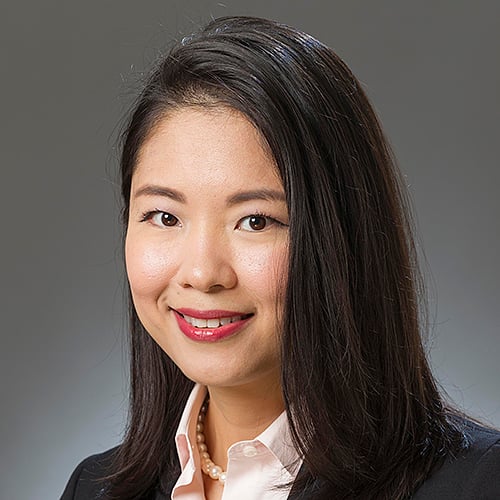The emergence of new and varied exchange-traded funds (ETF) in Asia is providing investors more flexibility in utilizing ETFs to build their portfolios.

In a period of market uncertainty and extreme volatility, investors can turn to various ETF products to help them design portofolios according to their specific risk appetite and investment requirements.
To illustrate, investors are probably looking for products that can shield portfolios from the impact of rising interest rates, especially after Donald Trump’s upset presidential win. While certain traditional products may have some limitations in addressing this particular need, a well-designed ETF presents a potential alternative, industry experts said during The Asset 2nd ETF Summit held in Singapore in November.
“Many investors are looking for underlying or asset classes that can handle interest rate hike. Traditional fixed income products have issues that once there is an interest rate hike the pricing will be impacted. Some alternative fixed income products like senior loans are preferred underlying assets for ETFs. These provide some floating rate features that are very popular these days when you’re switching to or preparing for an interest rate hike environment,” says Christine Huang, director and head of ETF business, Greater China, for Invesco.
ETFs are basically asset tools that allow investors to gain exposure to different markets or specific segments of a market easily and efficiently, according to Melody He, head of ETF and index solution at CSOP Asset Management.
“If you look at ETFs, there has been an emergence of new kinds of products here in Asia. In the different exchanges we are seeing leveraged and inverse ETFs being introduced. These are special tools that allow investors, regardless of whether they are retail or institutional, to express their views. So those are special asset tool types,” He says.
A leveraged ETF is a fund that uses financial derivatives and debt to amplify the returns of an underlying index, while an inverse ETF uses various derivatives to profit from a decline in the value of an underlying benchmark.
As a trend, ETFs based on assets other than equity and fixed income are also starting to gain traction in Asia.
“We’re starting to see asset classes like commodities have a presence in Hong Kong. That’s something that could be interesting as well when dealing with the volatility in the equity markets or if you want added diversification to your current portfolio. You want to find something that is less correlated to the portfolio that you have right now and commodities is something that you can look at,” He says.
Across equities, various ETFs offered in Asia now focusses on a specific sector within a particular equity market. Within China’s A-share market, for example, CSOP Asset Management offers various ETFs that touch on various segments in the China equity space.
“If you are looking at exposure based China policies, you would be drawn to ETFs that are traditionally market cap weighted such as the CSI 300, the A50 and others. But if you’re looking for exposure to technology, healthcare or the so-called new economy you could look at sector ETFs that represent the new economy,” He adds.
However, it’s never that straightforward when choosing an ETF that gives exposure to frontier or emerging markets.
“For some developed markets it is much easier to assess the benchmarks and the quality of stocks. For frontier markets, it can become tricky,” says Steven Mantle, offshore funding director for Vietfund Management, which manages the largest ETF in Vietnam. The key things to look for are the liquidity of the ETF and the accuracy of the index representation.
In the case of two of Vietnam’s three ETFs, for example, some of the underlying stocks are not Vietnamese stocks.
“It can be very difficult for investors to make a choice. The investors may not understand that the ETF may not have access to some of the better companies or that the actual basket of stocks does not represent the capital markets at all,” Mantle says.





.jpg)
.jpg)


